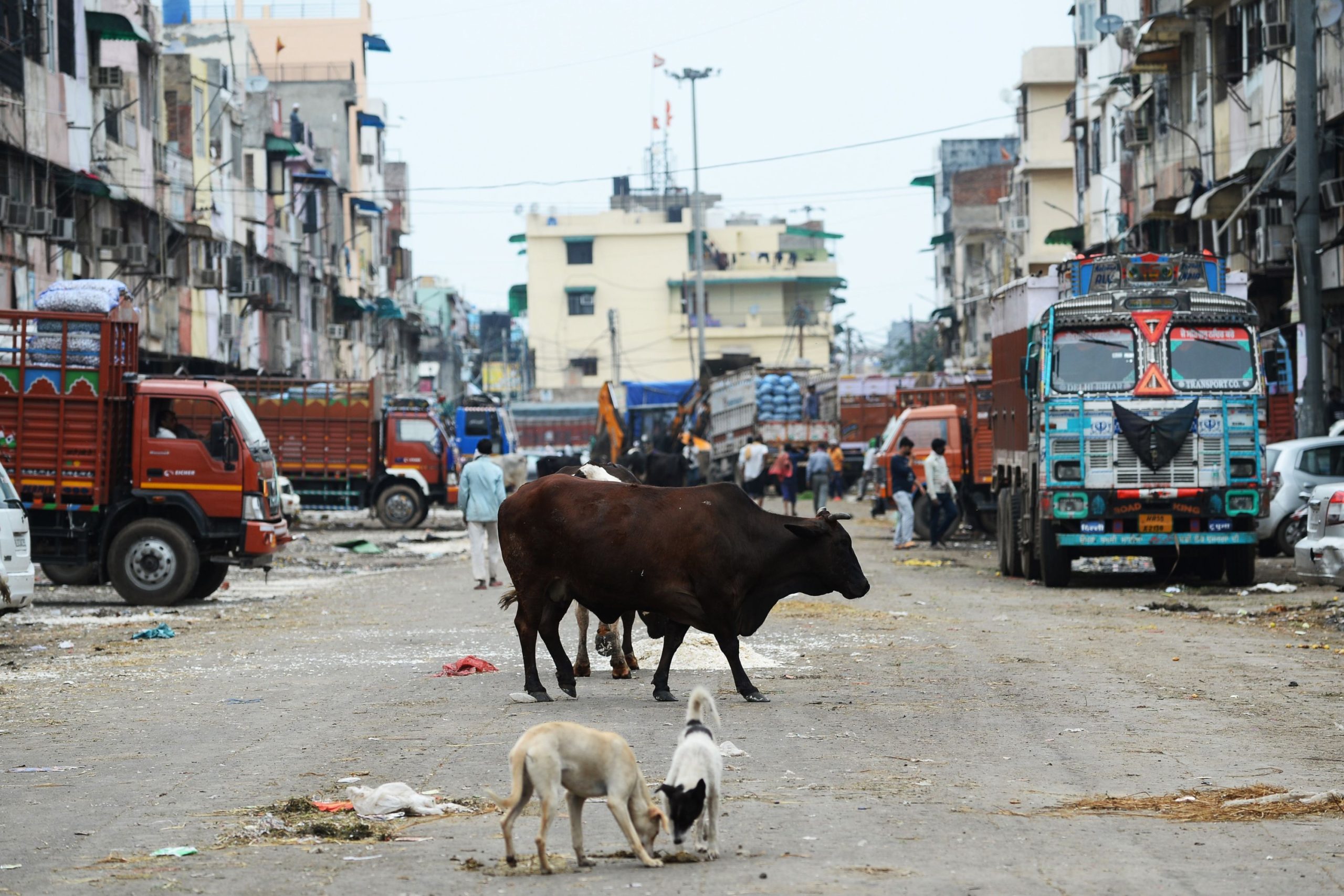Introduction:
India, a country renowned for its vibrant streets and diverse culture, is also home to a significant population of street animals. These animals, often abandoned or born in the wild, face numerous challenges, making it essential for us to take care of them. In this blog, we will delve into the characteristics of street animals, the difficulties they encounter, and the crucial role local people and small NGOs play in ensuring their welfare. It is our collective responsibility to protect and care for these innocent beings, respecting their lawful rights and provisions.
Importance of Taking Care of Street Animals:
Caring for street animals holds immense significance as they contribute to the ecosystem’s balance and enrich our lives in various ways. These animals provide companionship, offer pest control, and even help in waste management by scavenging. Nurturing their well-being is an ethical responsibility and reflects our compassion and empathy as a society.
Characteristics of Street Animals in India:
Animals Commonly Found on Streets: Stray dogs, cats, cows, and sometimes even birds are commonly spotted on Indian streets.
Behaviors and Characteristics: Street animals exhibit remarkable adaptability, forming social groups to survive. They develop resilience against harsh environmental conditions and are often wary of humans due to past experiences.
Challenges Faced by Street Animals in India:
Lack of Food, Water, and Shelter: Street animals struggle to find sufficient food, clean water sources, and safe shelters, especially during extreme weather conditions.
Ill-treatment and Abuse: Some people mistreat and abuse street animals, subjecting them to cruelty and suffering.
Diseases and Injuries: The absence of proper medical care makes street animals susceptible to diseases, injuries, and infections.
Overpopulation: The unchecked breeding of street animals leads to overpopulation, exacerbating their hardships.
Suffering of Street Animals during Festivals in India
India is a land of diverse cultures and traditions, celebrated through numerous festivals across all regions. These festivals play a significant role in the social fabric, but they can also have an impact on street animals and birds. During festivals, such as Diwali, Eid, Christmas, Durga Puja, and more, loud fireworks and crackers can cause immense stress and trauma to animals, leading to injuries and even death. Holi, with its synthetic colors and toxic chemicals, poses a threat to birds, affecting their plumage and causing health issues. The Kite Festival can be particularly harmful to birds, as the sharp kite strings, coated with glass or metal, can lead to severe injuries and fatalities. Additionally, during religious processions, stray animals can get caught in the midst of the bustling crowd, putting them at risk of being injured or lost. As an animal welfare NGO, it is imperative to raise awareness about these issues, promote eco-friendly celebrations, and organize rescue and care initiatives during these festivities to ensure the well-being and safety of our beloved street animals and birds.
Role of Local People in Taking Care of Street Animals:
Feeding and Providing Water: Local communities can place water bowls and regularly feed street animals to ensure their basic sustenance.
Creating Shelters: Building simple shelters or providing existing safe spaces can protect animals from harsh weather and predators.
Spreading Awareness: Educating others about the importance of animal welfare encourages a culture of compassion and responsibility.
Reporting Animal Cruelty: Reporting acts of animal cruelty to the authorities helps protect street animals from harm.
Adopting Street Animals: Welcoming a street animal into your home through adoption can transform their lives and offer them love and care.
Role of Small NGOs in Taking Care of Street Animals:
Rescue and Rehabilitation: NGOs rescue injured and distressed street animals, providing them with proper medical attention and rehabilitation.
Medical Aid and Vaccinations: NGOs offer medical aid and vaccinations to prevent the spread of diseases and promote healthier lives for street animals.
Sterilization and Vaccination Drives: Conducting sterilization drives helps control the street animal population and ensures healthier communities.
Creating Awareness: NGOs play a vital role in educating the public about animal welfare and responsible pet ownership.
Working with Local Authorities: Collaborating with authorities allows NGOs to address animal welfare issues at a larger scale.
Tips for Taking Care of Street Animals:
Feeding and Providing Clean Water: Ensure a regular supply of food and fresh water for street animals.
Providing Shelter: Offer makeshift shelters or create safe spaces to protect them from harsh weather conditions.
Regular Vaccinations and Medical Check-ups: Arrange for vaccinations and periodic health check-ups to maintain their well-being.
Avoiding Aggressive Behavior: Treat street animals with kindness and respect, avoiding any aggressive behavior that might scare or harm them.
Conclusion:
Taking care of street animals in India is a collective responsibility that demands compassion and empathy from all of us. These innocent beings, who share our streets and spaces, deserve to live a life free from suffering and fear. By supporting local NGOs and actively participating in animal welfare efforts, we can make a significant difference in their lives. Let us come together to create a society where every living being is treated with love and dignity, respecting their lawful rights and provisions.




